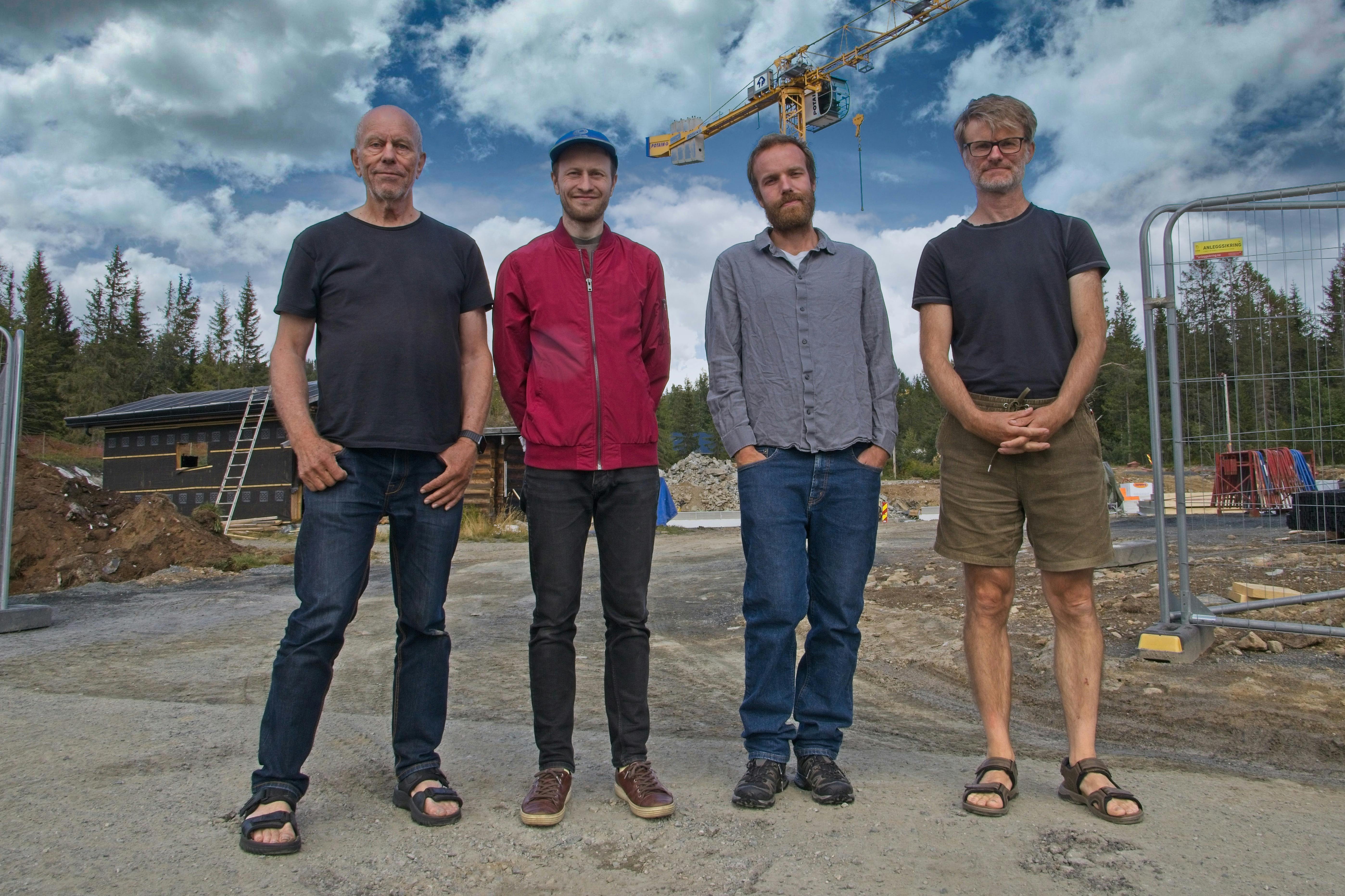Skip to content

Tellef's
Norwegian slåtter and Irish reels and jigs - and a few slow airs
After several decades as a central figure in the Norwegian music scene, Tellef Kvifte finally has his own band – fittingly named Tellefs. OIn June, they released their second album, once again inviting us into a musical landscape between Norwegian and Irish traditional music and jazz – this time with more self-composed tunes than on their debut album . The album title, , originates from an Irish tune the band had planned to include but never got to record. Still, the name lingered, so they decided to keep it.
Kvifte is known for his genre-defying approach and for showcasing unusual instruments in new contexts. As on the first album, Tellef plays the distinctive taragot – a soprano saxophone-like instrument commonly used in Eastern European folk music, which in recent years has caught the attention of several jazz musicians.
The band name is a playful reference to Swedish dance bands, and the music of Tellefs is indeed danceable – though in a rather different genre than traditional Swedish dansbandsmusik.


Tellef’s is a musical playground where the musicians play on the tension between a new musical expression and, at the same time, heed respect to the music of two traditions, each with their distinct character and style. The band approaches the tunes with disrespectful respectfullness (or the other way round), and tunes are never played the same way twice.
The band leader, Tellef Kvifte, has picked up yet another instrument (in addition to the several others he has been playing for years), the taragot, a close relative to the soprano sax. Usually you would find the taragot in traditional music in Eastern Europe, but in this project, Tellef uses the instrument to explore similarities and kinship between Norwegian and Irish music.
Kvifte's taragot trills and tongues. It caresses us with soft melancholic phrases or hurls us onto the dance floor. It's playful, haunting, bluesy and mischievous. (Fiona Talkington, Songlines)
A masterwork of intercultural expression, “Upstairs in a Tent”
features excellent musicianship, creative instrumentation,
and a distinct artistic vision. (The Musical Road)
Tellefs arrives as a masterclass in musical boundary dissolution (Indie Dock Music Blog)
The Musicians (as standing in the picture; names are links to their own web pages)
Want to print your doc?
This is not the way.
This is not the way.

Try clicking the ⋯ next to your doc name or using a keyboard shortcut (
CtrlP
) instead.